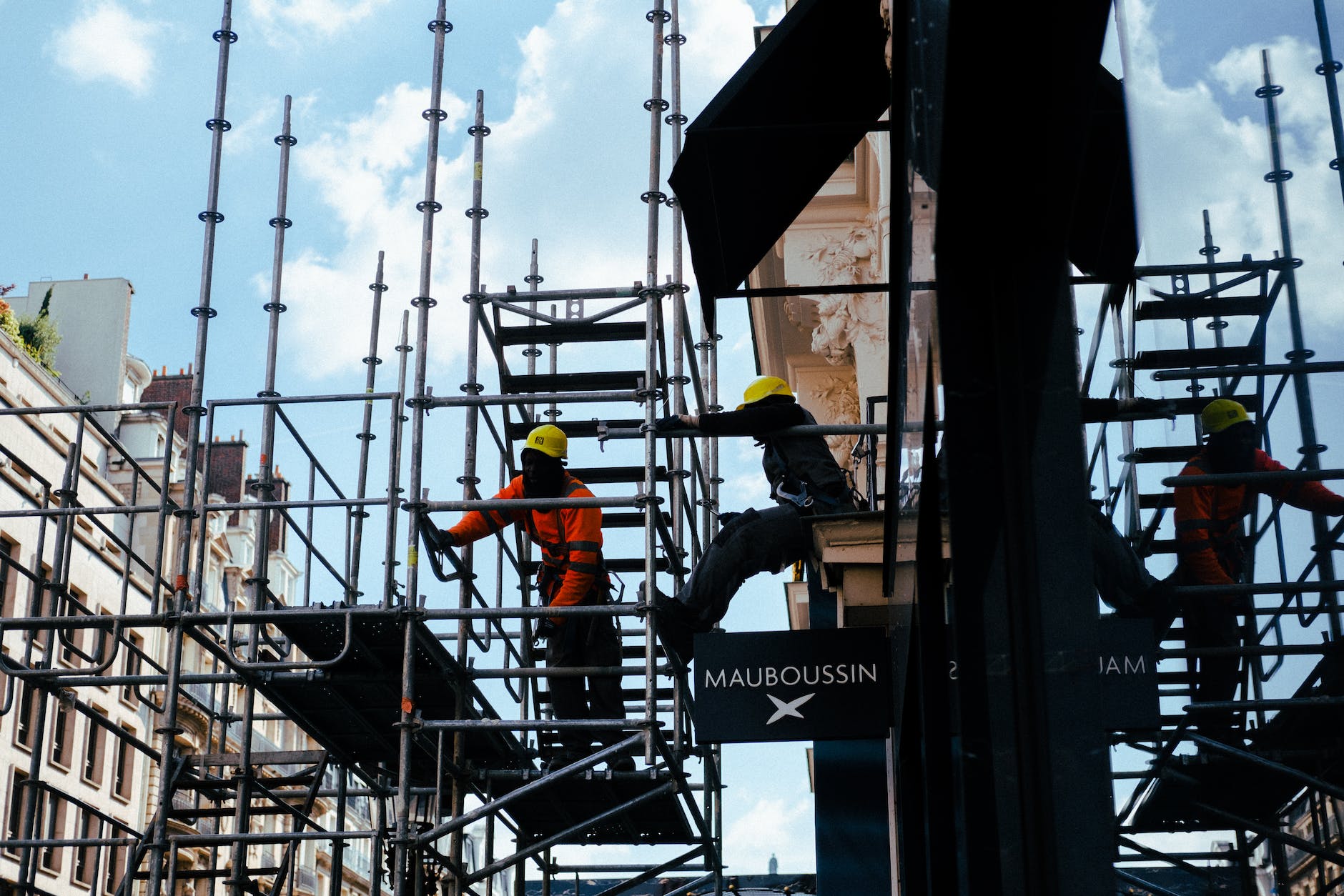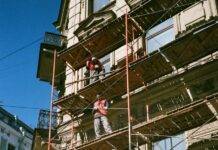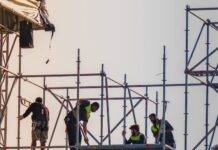
Scaffold Safety: Inspection and Fall Protection Measures
Introduction
Scaffolds are integral to construction and various industries, providing access to elevated work areas. However, the improper use or neglect of safety measures can lead to serious accidents. This article emphasizes the significance of scaffold safety through regular inspections and the implementation of fall protection measures to ensure the well-being of workers operating at heights.
Scaffold Inspection Protocols
- Pre-Use Inspections
- Conducting pre-use inspections before each work shift
- Identifying any visible damage, loose components, or potential hazards that could compromise scaffold integrity
- Regular Scheduled Inspections
- Establishing a schedule for regular, thorough scaffold inspections
- Ensuring that qualified individuals conduct detailed inspections to identify wear, corrosion, or structural issues that may develop over time
- Inspection after Modifications or Adverse Weather
- Performing inspections after any modifications to the scaffold structure
- Checking for potential damage or misalignments caused by alterations and conducting inspections after adverse weather conditions that may affect scaffold stability
- Documentation of Inspection Findings
- Documenting inspection findings, including any issues identified and corrective actions taken
- Creating a record to track the condition of the scaffold, monitor trends, and ensure a proactive approach to maintenance
- Immediate Inspection After Incidents
- Conducting immediate inspections following any incidents, such as a scaffold collapse or impact
- Identifying the cause of the incident and assessing the scaffold’s overall structural integrity before resuming work
- Training for Scaffold Inspectors
- Providing specialized training for individuals responsible for scaffold inspections
- Ensuring that inspectors are knowledgeable about scaffold design, components, and relevant safety standards
- Use of Load Capacity Plaques
- Affixing load capacity plaques on scaffolds to indicate the maximum weight they can support
- Ensuring that workers are aware of load limitations and preventing overloading, which can compromise scaffold stability
Fall Protection Measures on Scaffolds
- Guardrail Systems
- Installing guardrail systems on all open sides of scaffolds
- Creating a barrier to prevent workers from inadvertently stepping off the edge and providing a secure handhold
- Personal Fall Arrest Systems (PFAS)
- Implementing personal fall arrest systems for workers on scaffolds
- Ensuring that workers wear harnesses connected to a secure anchor point to arrest falls and prevent serious injuries
- Safety Nets
- Installing safety nets under scaffolds as an additional measure to protect workers from falls
- Providing a secondary layer of protection to minimize the impact in case of a fall
- Toe Boards and Debris Nets
- Using toe boards to prevent tools or materials from falling off scaffolds
- Installing debris nets to contain falling objects, protecting workers below and maintaining a clean and safe work environment
- Regular Training on Fall Protection
- Conducting regular training sessions on fall protection measures for scaffold workers
- Ensuring that workers are knowledgeable about the proper use of guardrails, personal fall arrest systems, and other protective measures
- Access Controls
- Implementing access controls to restrict unauthorized individuals from entering scaffold areas
- Minimizing the risk of accidents by ensuring that only trained and authorized personnel are allowed on scaffolds
- Emergency Procedures for Falls
- Establishing clear emergency procedures for responding to falls from scaffolds
- Ensuring that workers are trained on how to initiate emergency response measures and summon assistance in case of a fall
Conclusion
In conclusion, scaffold safety is paramount in preventing accidents and ensuring the well-being of workers operating at elevated heights. Regular inspections, comprehensive training, and the implementation of fall protection measures are crucial components of a robust scaffold safety program. By adhering to stringent inspection protocols and incorporating effective fall protection measures, organizations can create a work environment where scaffolds are used safely, reducing the risk of falls and associated injuries.
Scaffolding Hazards and Safety Precautions
How To Make JSA for Scaffolding Activity
How to Make HIRA on Scaffolding?
Frequently Asked Questions (FAQs)
- Why are pre-use inspections important for scaffold safety?
- Pre-use inspections identify visible damage, loose components, or potential hazards before each work shift, ensuring that scaffolds are in good condition and safe for use.
- How does documentation of inspection findings contribute to scaffold safety?
- Documenting inspection findings creates a record to track the condition of the scaffold, monitor trends, and ensure a proactive approach to maintenance. It helps identify and address issues before they escalate.
- What are load capacity plaques, and why are they important on scaffolds?
- Load capacity plaques indicate the maximum weight a scaffold can support. They are crucial for preventing overloading, which can compromise scaffold stability and lead to accidents.
- Why is the use of guardrail systems important for fall protection on scaffolds?
- Guardrail systems create a barrier on open sides of scaffolds, preventing workers from accidentally stepping off the edge. They provide a crucial safety measure to reduce the risk of falls.
- What is the role of personal fall arrest systems (PFAS) in scaffold safety?
- PFAS are essential for preventing falls from scaffolds. Workers wear harnesses connected to a secure anchor point, allowing the system to arrest falls and prevent serious injuries.
- Why is regular training on fall protection measures necessary for scaffold workers?
- Regular training ensures that scaffold workers are knowledgeable about the proper use of guardrails, personal fall arrest systems, and other protective measures. It enhances awareness and promotes a culture of safety.
- How do access controls contribute to scaffold safety?
- Access controls restrict unauthorized individuals from entering scaffold areas, minimizing the risk of accidents by ensuring that only trained and authorized personnel are allowed on scaffolds.
























